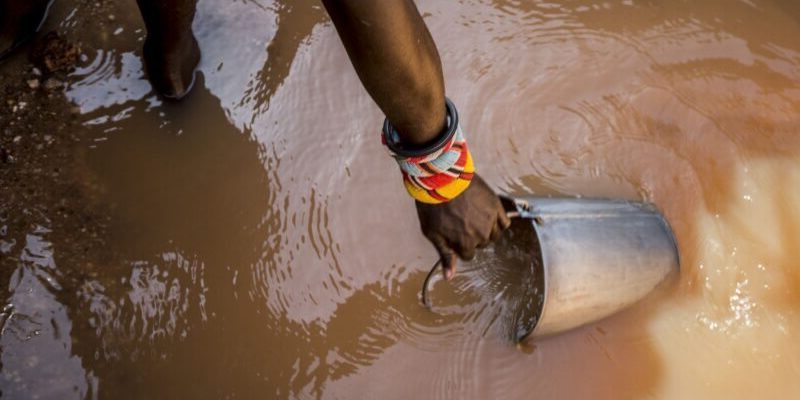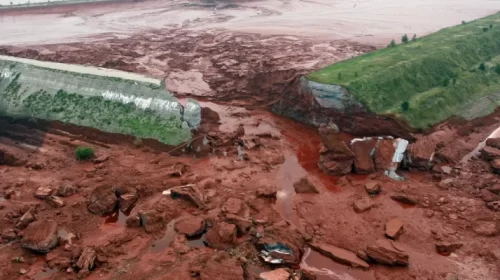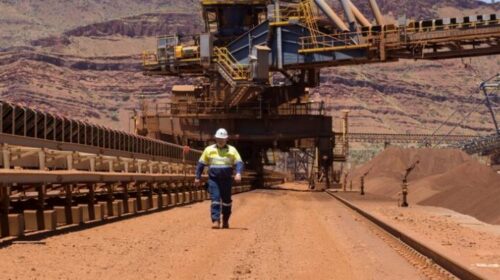ICCM publishes updated practice guide for Water Reporting in the Mining Industry
A new practice guide from The International Council on Mining and Metals states that there is need for Corporate transparency around water in the mining and metals industry.
This new guide;
- Outlines the importance of site level information as the fundamental building block of consistent reporting; and provides points to consider when developing and compiling site level metrics and assessments for the purpose of external reporting.
- Outlines points to consider when preparing external reports to meet the minimum reporting commitments.
- Summarises mappings between ICMM water reporting metrics and key external reporting platforms; and provides suggested explanatory footnotes for ICMM members to use when reporting to other external platforms.
- Summarises the direct alignment between ICMM and WAF metrics.
- Provides a worked example of site level water accounting and assessment to meet the minimum reporting commitments for a Chilean copper mine site.
- Provides guidance around aggregating site metrics for external reporting to avoid double counting.
- Provides an example of compiling corporate information to meet the minimum reporting commitments (for a fictitious mining and metals.
The location of mining assets is largely determined by geology and operators must manage the water risks and shared water challenges that arise due to the local catchment conditions, whether this is water scarcity, flood risk or poor water quality. This trend is likely to increase as demand for minerals grows to support the transition to a low-carbon economy.
However, the long-life nature of mining and metals assets also creates opportunities to invest in local communities, improve local livelihoods and work collaboratively with local stakeholders to advance sustainable water outcomes, equitable water access and improved water governance within the catchment. All mining and metals facilities need water to sustain operations. Water is commonly required for dust control, mineral processing and concentrating, waste management and power generation.
Substantial progress has been made in recent years to enhance operational efficiencies by promoting recovery and reuse to reduce dependency on external water resources. Innovative solutions are being developed to further reduce water requirements in tailings management. In addition, energy efficient treatment technologies are being developed to allow use of low quality water for operational supply.
Mining operations may need to manage substantial volumes of water, but this may not necessarily be for use. Most mining operations alter landforms by excavating open pits and underground mines, and constructing waste facilities. The resulting level of interaction with surface water and groundwater depends on the nature of the operation and the local water conditions, both of which vary substantially across different commodities and geographies. For example, in some contexts, dewatering of below-water table orebodies is required to enable safe working conditions in open pits and underground workings. In addition, mining and metals operations situated in remote areas may provide the water supply to adjacent townships, communities and other mining operations, creating further social and economic value. In these ways, mining operations often manage substantial volumes of water that are not required to meet the operational water demand.
The ICMM water reporting metrics provide transparency around these practices to promote informed decision making.
The guidance broadens ICMM’s minimum reporting commitments to include new metrics for disclosure, such as holistic reporting of how water is used to meet operational demands and how it is actively managed; and reporting of aggregated water metrics for all sites within a company as well as a separate aggregated total for all sites situated in water-stressed areas. It supports mining companies to disclose water data in a consistent way that allows for easier comparison of performance by interested stakeholders.
The Guide builds directly on external reporting guidance and definitions, including CEO Water Mandate, GRI, CDP Water and the MCA Water Accounting Framework. It captures practical experience from companies operating in diverse geographies, commodities and regulatory systems, and was developed in consultation with industry experts and investors, helping to make this resource a strong global tool.
Link to the practice guide HERE
![]()





